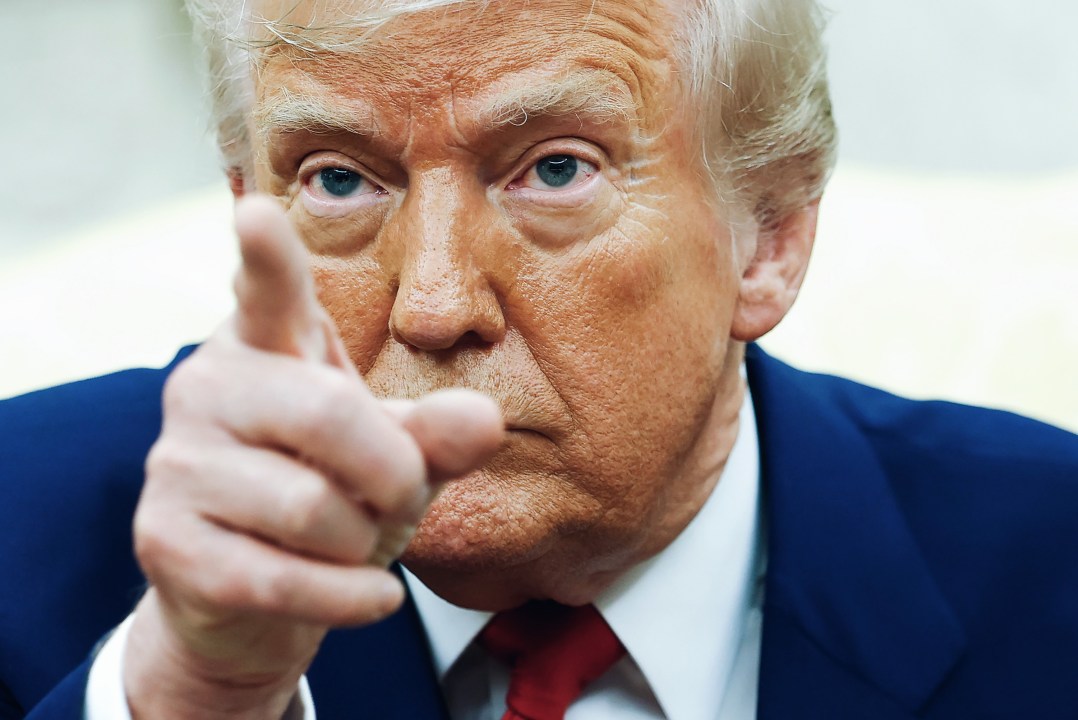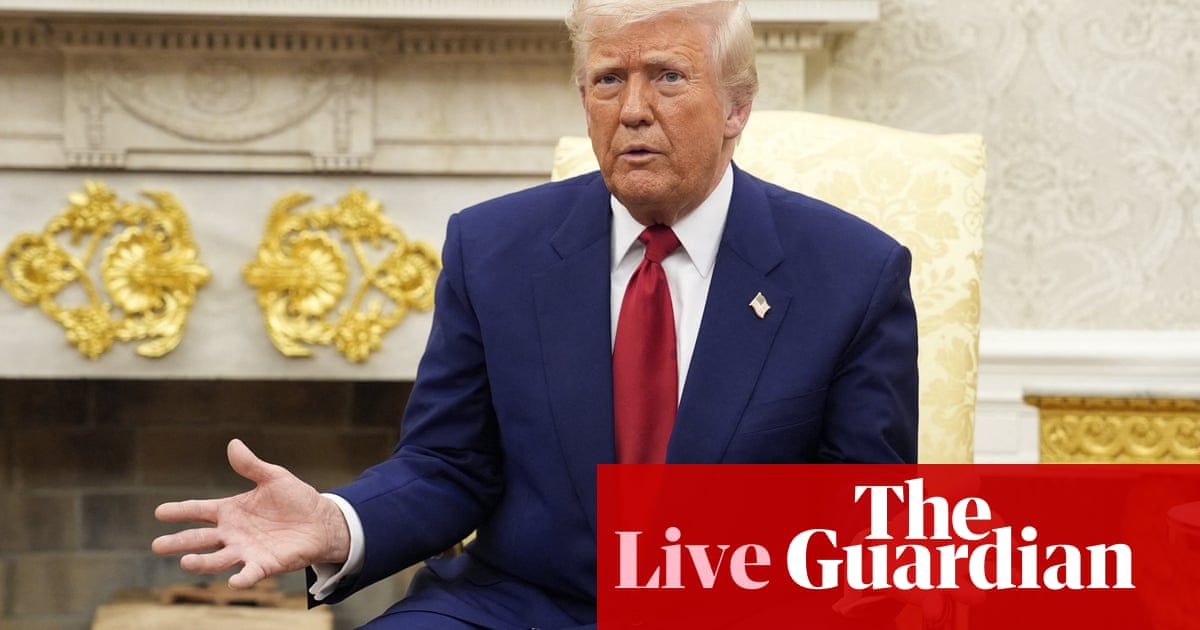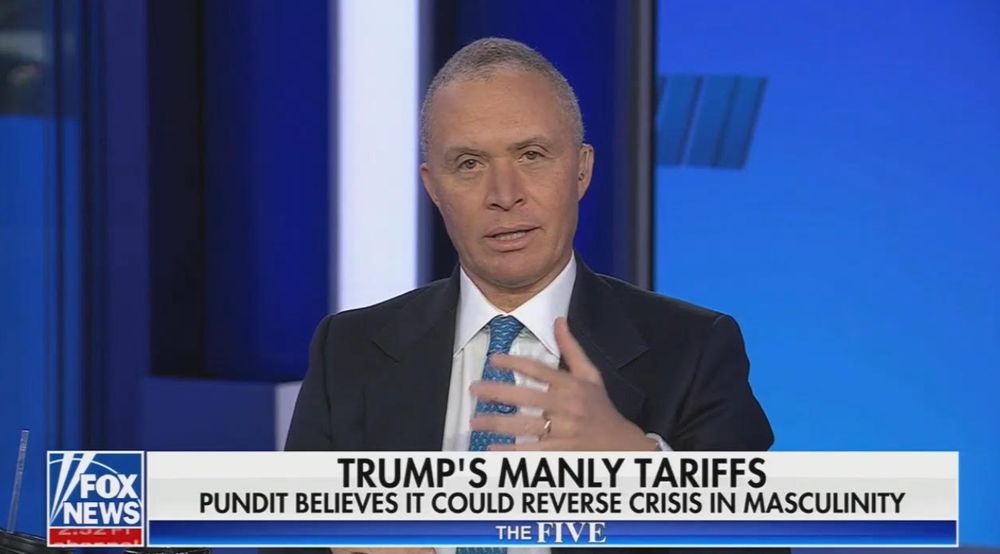It's that moment of supreme uncertainty. We do however know the question. Is this a regular sell-off, with the S&P500 nudging into bear market territory, but then steadying in the next few months before a gradual recovery? Or is this a true crash, akin to those of October 1929, October 1987, October 2008, or most recently March 2020, in which case we are less than halfway down the peak?
The strategists have of course been crawling over the data of previous crashes, but the analogies never really fit. There has not been a trade war akin to what may be developing now since the 1930s, when the world economy was both less integrated and more fragile. The confident predictions of a couple of weeks ago that US equities would end up this year now look rather silly. Being clever doesn't help.
We can however say two things. One is that sudden vicious crashes are rare. Longview Economics, a London-based
consultancy, calculates that those four noted above are the only ones on that scale in the past 100 years. The other is that bear markets are totally normal. There are lots of them, 27 on the S&P500 index and its predecessors since 1923, with an average decline of 35 per cent. Unlike those sudden crashes, a classic bear market decline typically takes between nine and ten months, and they come through on average every three-and-a-half years. Hartford Funds has a handy tally
here. If you accept that what's happening is normal – that Donald Trump's tariffs have simply triggered a decline that would probably have happened anyway – then figuring out what might happen becomes a little easier.
We also learnt something new yesterday about this current plunge. It was that any sort of softening of Donald Trump's tariffs would check the crash, though not necessary stop a longer bear market decline. The sniff of a delay in the implementation of the tariffs was enough to push up prices for a few minutes, then when it became clear it was simply a rumour, markets duly flopped back.
There are four reasons why what we're seeing in the market is not as bad as it seems:
- Whatever happens in the next few days, the overwhelming probability is that this will turn out to be a classic bear market lasting several months, with equities falling by at least another 10 per cent. The reason: the market was over-priced and it was simply a question of what would trigger the fall.
- The tariff war will have an outcome, in the sense that it won't rumble on for years. We are talking a few months before an accommodation with the US's major trading partners is secured.
- There are a couple of helpful analogies. One is the dot-com bubble. The overvaluation of high-tech America now is not as serious as in 2000. The other is the banking crash of 2008. This is, or at least may develop into, a trade crash. But trade disruption is easier to fix than banking disruption. Commerce is more resilient than finance.
- If those three points are more or less right, then while the next few months will be difficult, the overall loss of global output will be less serious than the recessions what followed the dot-com bubble and the banking crash. There may or may not be a US or European recession, but they won't be serious ones unless there is some further negative event. We are looking at a mid-cycle pause in global growth, not the end of the expansion period.
We are looking at a mid-cycle pause in global growth, not the end of the expansion period
There is, however, one overarching concern. It's the financial fragility of the US – the size of the fiscal deficit and the reliance on the rest of the world to be prepared to hold yet more US treasury debt to fund it. The destruction of wealth that has taken place over the past few days is huge. A month ago three of the 'magnificent seven' – Apple, Microsoft and Nvidia – were all worth more than $3 trillion. Now, none of them are.
Also, until yesterday the yield on US treasury notes was falling, with 10-year Treasury notes trading below 4 per cent overnight. Then during the course of the day yields climbed to 4.2 per cent. That's still way down from 4.8 per cent in mid-January, when Treasuries were helped by expectations of further cuts in interest rates by the Federal Reserve, but Monday was a nasty time for bond holders. So while the broad picture is that international investors have been prepared to carry on financing the US deficit, despite their countries being attacked by tariffs, you have to ask whether they will continue to do so.
Final thought. We are seeing a well-known market phenomenon unfold. Everything takes longer to happen than anyone expects, then when it does come, it always does so more violently. Remember the interchange in Ernest Hemingway's
The Sun Also Rises?
'How did you go bankrupt?' Bill asked.
'Two ways,' Mike said. 'Gradually and then suddenly.'
Hamish McRae
Hamish McRae is an economics commentator, and a columnist for the
i newspaper.

 www.forbes.com
www.forbes.com




















